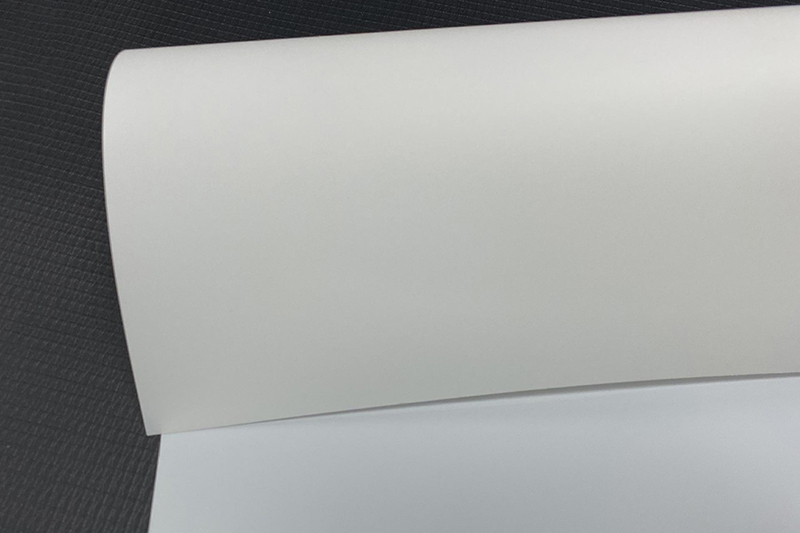PET backlit film has emerged as a popular choice for a wide range of applications, from signage and displays to architectural lighting and interior design. This versatile material offers a unique combination of durability, light diffusion, and aesthetic appeal, making it a compelling option for various projects. However, a key consideration for any project is cost-effectiveness. This article will delve into the factors that contribute to the cost-effectiveness of using PET backlit film, analyzing its advantages and disadvantages compared to alternative materials.

Understanding PET Backlit Film
PET backlit film is a thin, flexible sheet made from polyethylene terephthalate (PET), a strong and lightweight thermoplastic polymer. Its key characteristic is its translucency, allowing light to pass through while diffusing it evenly, creating a soft and uniform illumination. This property makes it ideal for backlit applications, where light sources are placed behind the film to create illuminated displays.
Advantages of PET Backlit Film:
Cost-Effective Production: PET is a relatively inexpensive material to produce, contributing to the overall affordability of PET backlit film.
Durability and Longevity: PET is known for its strength and resistance to tearing, scratching, and fading. This durability translates into a longer lifespan for backlit displays, reducing the need for frequent replacements and lowering long-term costs.
Lightweight and Easy to Handle: The lightweight nature of PET backlit film simplifies transportation, installation, and handling, reducing labor costs associated with these processes.
Excellent Light Diffusion: PET backlit film effectively diffuses light, creating a smooth and even illumination without hotspots or shadows. This enhances the visual appeal of backlit displays and improves readability.
Versatility and Customization: PET backlit film is available in various thicknesses, opacities, and finishes, allowing for customization to suit specific project requirements. It can be printed, cut, and shaped to create unique designs and patterns.
Cost Comparison with Alternatives:
While PET backlit film offers numerous advantages, it's essential to compare its cost-effectiveness with alternative materials.
Acrylic Sheets: Acrylic sheets are another popular choice for backlit applications. While they offer excellent clarity and durability, they are generally more expensive than PET backlit film.
Vinyl Banners: Vinyl banners are a cost-effective option for temporary backlit displays. However, they lack the durability and light diffusion properties of PET backlit film, making them less suitable for long-term use.
Textile Fabrics: Some textile fabrics can be backlit, offering a unique aesthetic appeal. However, they are often more expensive than PET backlit film and may require specialized printing techniques.
Factors Influencing Cost-Effectiveness:
Several factors can influence the overall cost-effectiveness of using PET backlit film:
Project Size and Complexity: Larger and more complex projects may require more material and labor, impacting the overall cost.
Printing and Finishing Requirements: Customized printing and finishing options can add to the cost.
Installation Costs: The complexity of installation and the required labor can influence the final cost.
Lifespan and Maintenance: The durability and longevity of PET backlit film contribute to its long-term cost-effectiveness by reducing the need for replacements and maintenance.
PET backlit film presents a compelling option for backlit applications due to its cost-effective production, durability, light diffusion properties, and versatility. While the cost can vary depending on project specifics, its long lifespan and ease of handling often make it a more economical choice compared to alternatives. By carefully considering project requirements and comparing costs, designers and businesses can leverage the benefits of PET backlit film to create visually appealing and cost-effective backlit displays.
